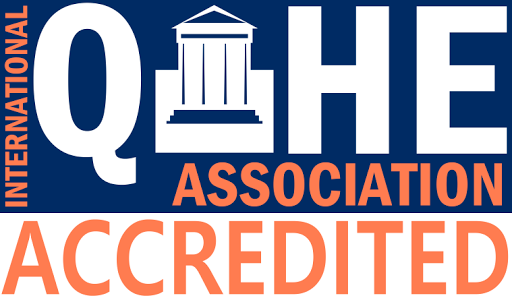 Who is a dyslexic child? What are the characteristics of a dyslexic child?
Who is a dyslexic child? What are the characteristics of a dyslexic child?
A dyslexic child is a special education needs child who can have some of the following special educational needs as they suffer from possible deficiencies like memory, sequencing, awareness, visual perception, organizational skills, etc.:
- ▶ reading
- ▶ writing
- ▶ spelling
- ▶ numeracy
These special children may suffer from other additional problems like:
- ▶ self-esteem
- ▶ social skills
- ▶ behavior
- ▶ motor skills
- ▶ spoken language
Once you are confirmed that your child has special educational needs, inform it in your child’s school; school governors have a responsibility to make sure the school does its best to provide the right sort of help.
Ensure to keep the channel of communication open between you and the school. Directly discuss with your child’s teacher, about dyslexia and the common problems that your child faces, are the best ways for the teacher to learn about your child’s challenges, strengths and requirements.
Teachers who have pursued special education courses / teaching assistance courses are most competent to help you in these areas.
We have discussed here eight tips to help you have productive conversations with your child’s teacher.
Try to make an appointment
It is common for teachers to have a jam-packed schedule every day. Therefore, always try to get a short and quick appointment, say for 15 minutes to talk to the teacher. That’s typically enough time to have a productive talk about your child with the teacher. For the teacher, she is also prepared for it and it is also a short enough time that won’t get her worried about taking up too much of her day.
Share your familiarity withdyslexia
Never assume that your teacher has more knowledge on dyslexia than you; no matter how much knowledge she has, you both have valuable information that can help your child overcome his/her challenges.
You may ask the teacher if while doing her research, she has found any material on dyslexia to be helpful. On the other hand, you can share articles or other information on this particular special need that has helped you. By engaging in such activities as sharing information, you can create common ground for conversation with each other.
Share instances that yielded good results
Your child’s class teacher might have had experience working with kids who have dyslexia. However, it is quite natural for the teacher to not know the strategies that work best for your child. Hence, talking to her is the only way out about what’s helped in the past and what has proved to be trouble. For instance: maybe group studying with a few close friends helped prepare for tests.
Be clear, but not critical
It is particularly important to directly address to the teacher your child’s needs. Instead of hinting at what might be helpful to your child or speaking in generalities, always try to be specific. The teacher should not be left guessing at what you want. However, try not to be pushy or overly critical. This could turn out to be anything but helpful.
Show examples
No matter how minutely you describe how dyslexia impacts your child’s work, it always helps to give examples to the teacher to help her get a much clearer idea.
This includes showing samples of last year’s writing or any art and craft activity that your child has done. You can even show the teacher the notes your child took in some other class that week. Such work samples can help the teacher know the areas that your child struggles.
Don’t forget to talk about your child’s strengths, too
When a child in the class has dyslexia, the teacher often tries to focus on understanding your child’s challenges. However, the teacher must learn about the child’s strengths too. To ensure that, you as a parent can talk to the teacher about what your child does well and let her know about the child’s interests. Offer to help the teacher plan opportunities to let your child enjoy his learning and bring out the best in him.
Share your child’s current information
Don’t assume the teacher is familiar with your child’s IEP. If you already have an IEP, help your child’s teacher by giving her a copy of it and asking her to look for places to work on.
Inform her that you are always there to discuss with her the possible solutions for dyslexia and make a difference for your child. Also, let the teacher know what you expect out of your child and that can include doing all those things that help her to meet school expectations, of course, with adequate support.
Offer to help
Teachers are motivated to work best with parents who want to playa part in a solution. As a parent of a dyslexic child, ensure to ask what you can do at home to support what the teacher is doing in school. Share with the teacher the ideas that you have to help your child achieve her learning goals.
Being in close tab with the teacher helps you to develop your child’s reading strategies that he/she follows in school. This way, your child also learns about the effort that you and the teacher are putting in as a team to provide the most support possible.
Hence, if you have any worries and fears about your child’s progress at school; do not hesitate to talk to the class teacher. This will help the teacher have a clear idea about your worries and help her build strategies on those lines to provide the best solution for your child and help him/her to work on the areas that challenge them.











